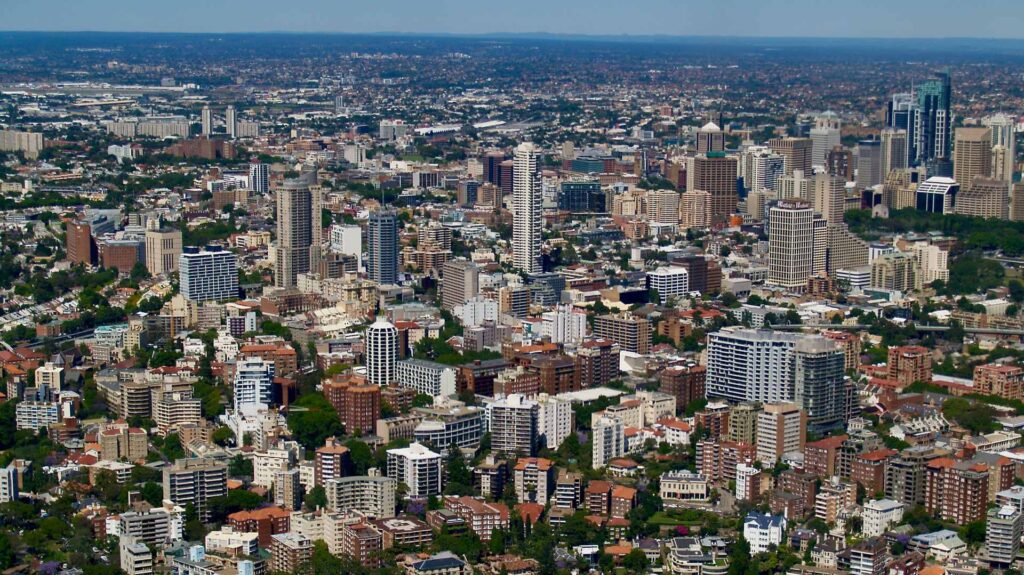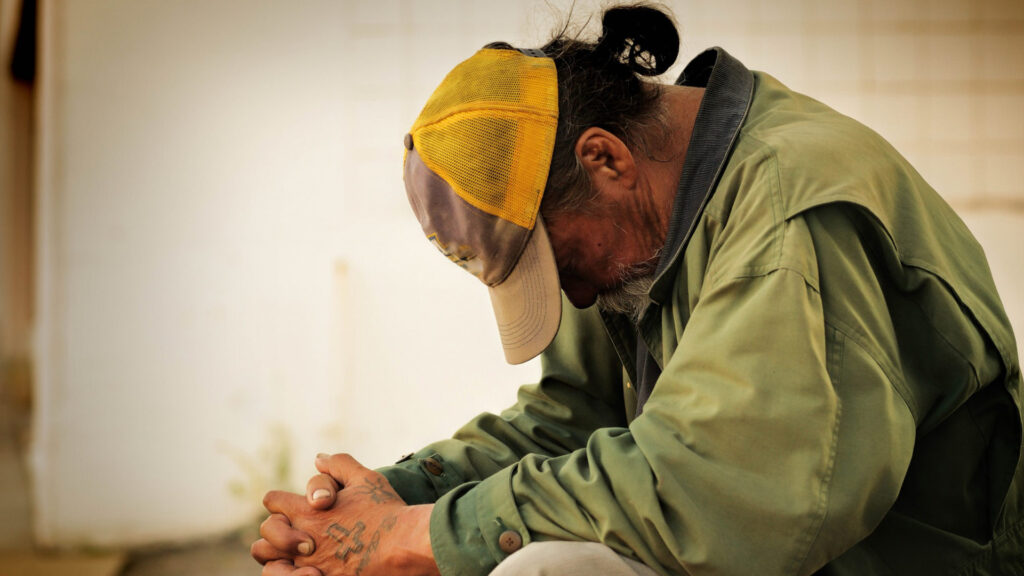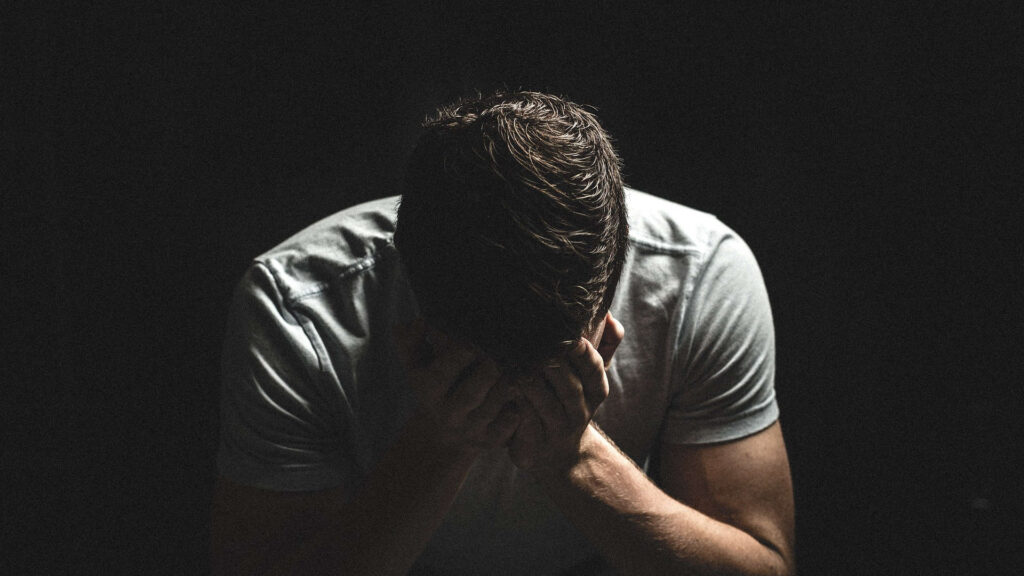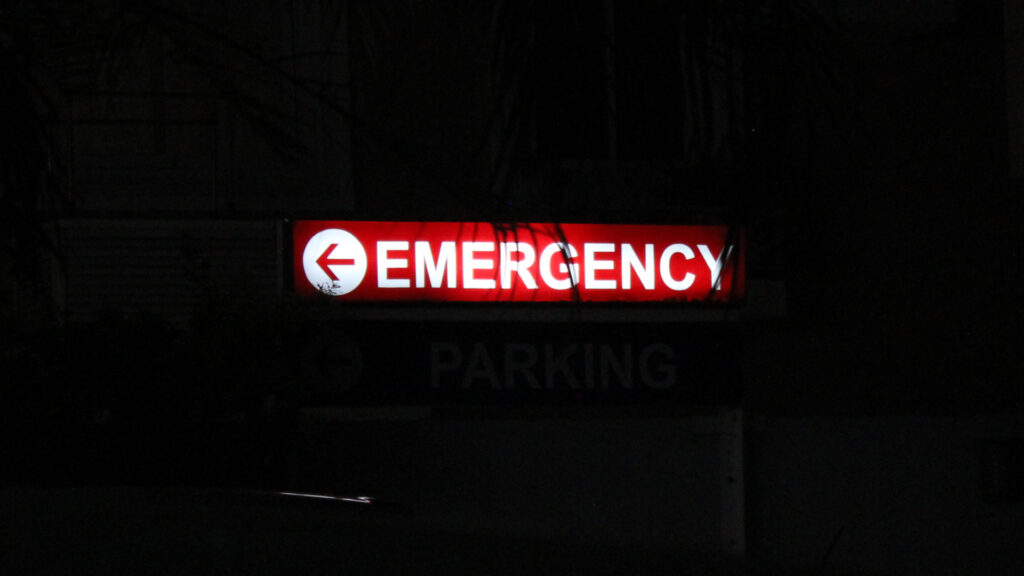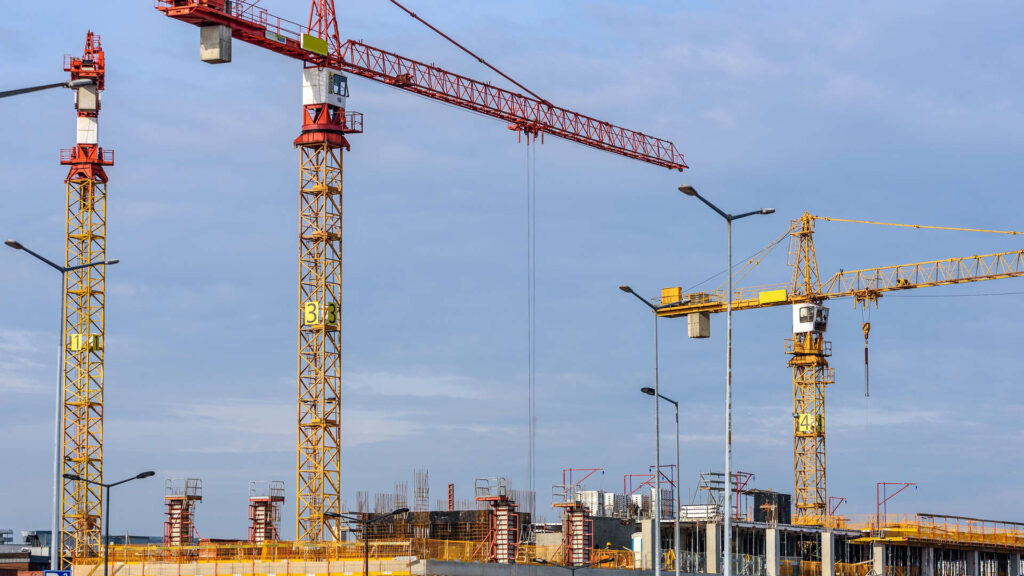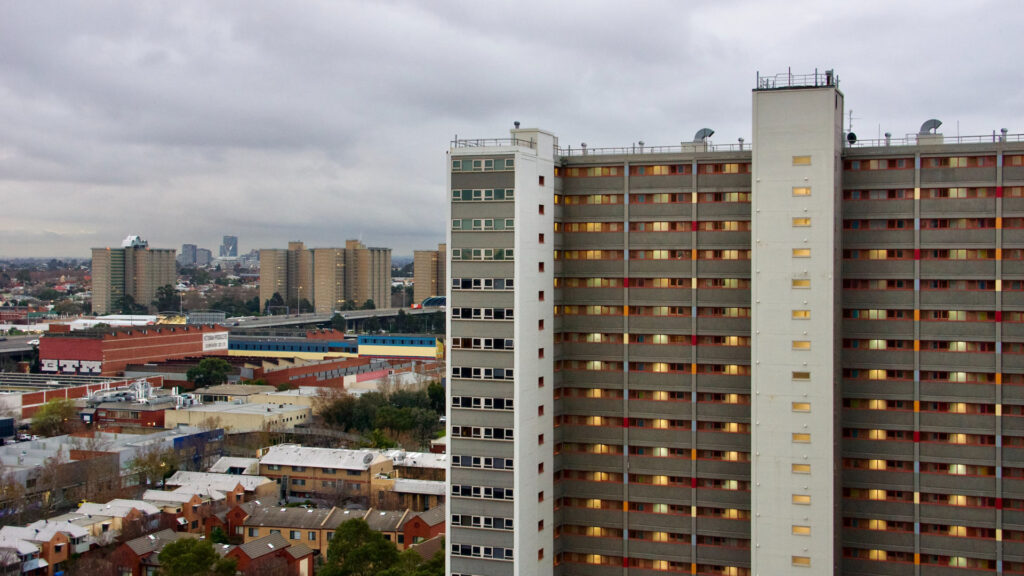It’s grim, isn’t it? This week, we’ve heard ANZ’s chief executive declare home loans are now “the preserve of the rich”, seen the Rental Affordability Index conclude that renting is less affordable than ever, and learnt that our social cohesion is at the lowest level ever measured by the Scanlon-Monash index. All are clearly related.
Home loans are so expensive because high property prices are now meeting high-interest rates. Naturally, landlords are passing this on to renters. And those interest rates are increasing because inflation is stubbornly high, meaning however unaffordable housing is, everything else is costing more, too.
The ensuing financial stress is seeping through the community and straining our social and even political relationships. That last point isn’t my speculation. It’s what the Scanlon report found. Taken altogether, this is a picture of slow-motion breakdown.
